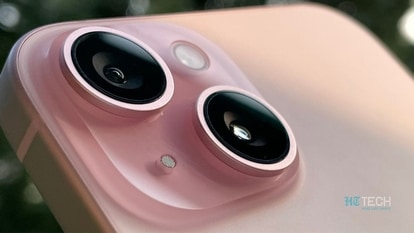Voyager Space and Airbus deepen tie-up on new space station
The two companies announced plans in January for Airbus to provide design support for Voyager's Starlab, one of three projects pre-selected by NASA to draw up plans for a potential commercial successor to the ISS.
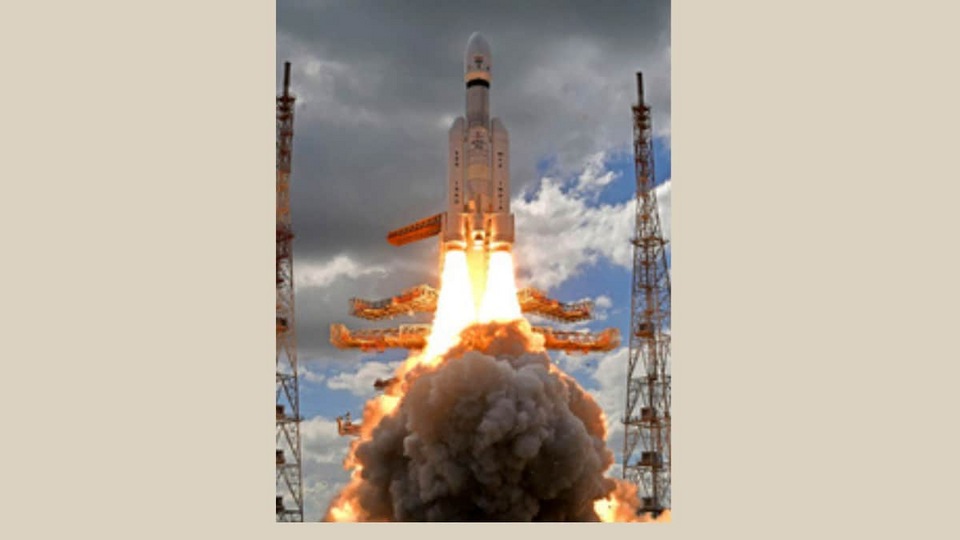
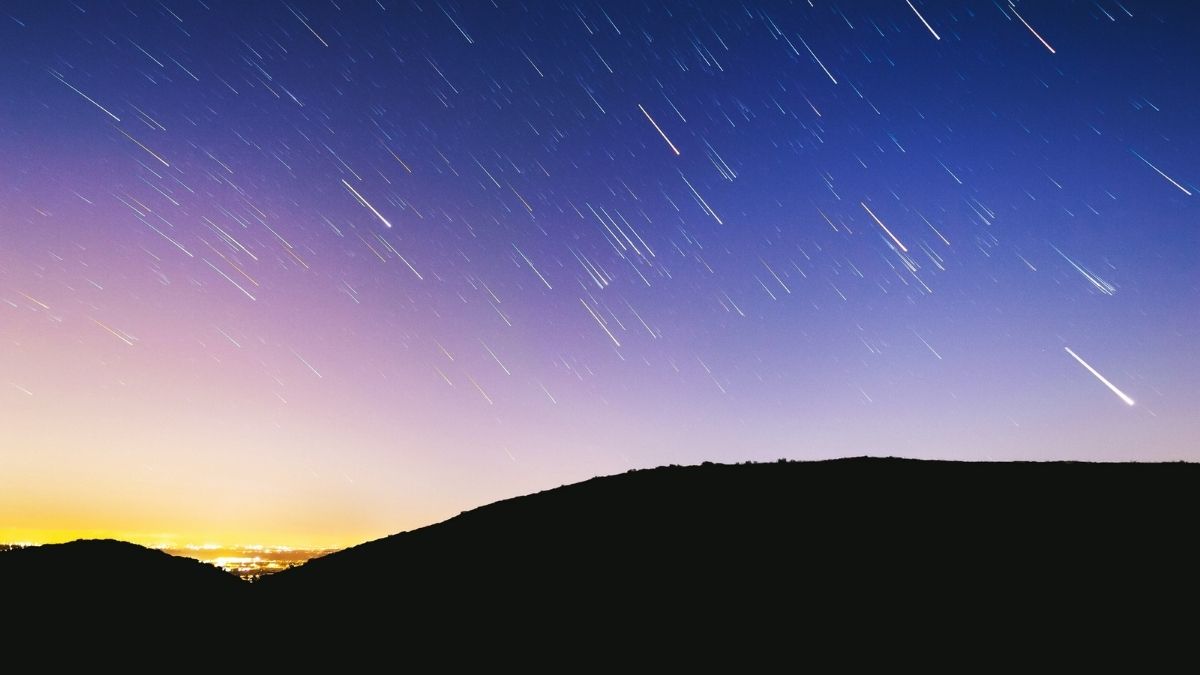
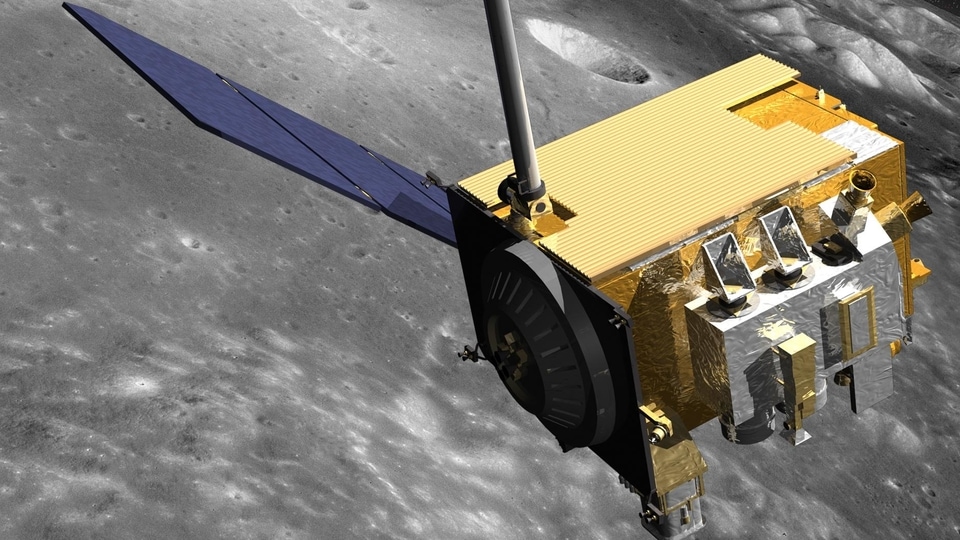
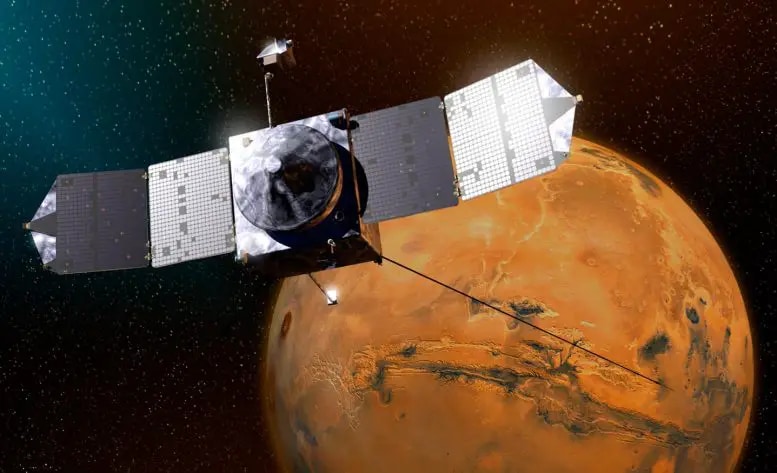
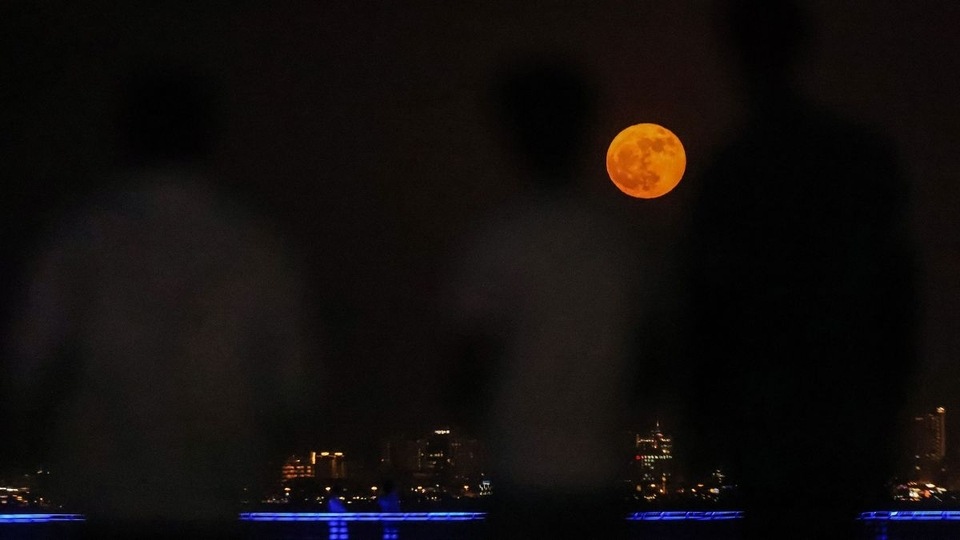
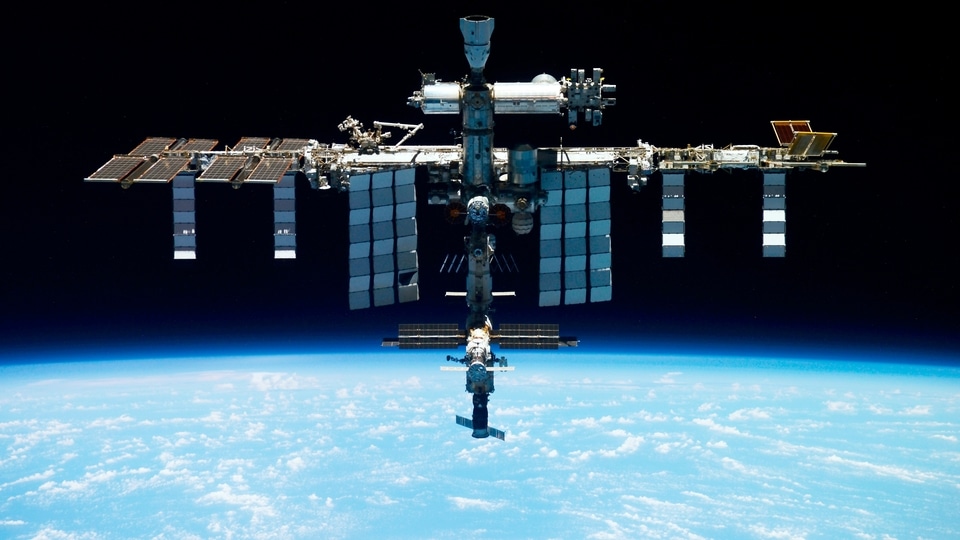
 View all Images
View all ImagesU.S. space venture company Voyager Space and Airbus said on Wednesday they will co-operate more closely in the race to build a private version of the International Space Station.
The two companies announced plans in January for Airbus to provide design support for Voyager's Starlab, one of three projects pre-selected by NASA to draw up plans for a potential commercial successor to the ISS.
On Wednesday, they said Airbus would become a core partner in a newly planned venture to develop, build, and operate the orbital research post, expanding Europe's role in the project.
The size of the shareholdings and financial details were not disclosed. Voyager Space also declined to discuss funding plans.
Starlab is one of three private concepts designed to replace the aging ISS, a football field-sized orbital laboratory that has continuously housed crews for more than 22 years.
The original blueprint for Starlab included an inflatable habitat designed by Lockheed Martin.
But following a decision to switch to a metallic structure, Lockheed's role has effectively been superseded by Airbus, which built the Columbus module for the ISS.
"Lockheed will likely still have a role to play somewhere within the supply chain," Dylan Taylor, CEO of Voyager Space told reporters. Lockheed remains an important customer for Voyager and Starlab will remain U.S.-led, he added.
"There will be contributions coming from Europe, but there will definitely be an assembly and large contributions coming from the U.S."
Voyager, through its subsidiary Nanoracks, won $160 million from NASA in 2021 to support Starlab development under the agency's Commercial Low Earth Orbit Development programme.
Axiom Space and a team led by Jeff Bezos' Blue Origin are developing rival stations under the programme.
NASA has planned to retire the ISS in 2030 and rely on private companies to host its scientific research in low-Earth orbit, but agency officials have acknowledged it may need to extend the lifespan as private replacements take shape.
Voyager Space and Airbus have said Starlab would deploy in 2028, but backed away from a specific timeline on Wednesday.
"It will occur before the ISS decommissioning; we're highly confident of that. Whether it's going to be late 2027, early 2028, or late 2028 we're still working out those details," Taylor said.
The two companies expect to announce a launch provider in coming months.
Catch all the Latest Tech News, Mobile News, Laptop News, Gaming news, Wearables News , How To News, also keep up with us on Whatsapp channel,Twitter, Facebook, Google News, and Instagram. For our latest videos, subscribe to our YouTube channel.





























